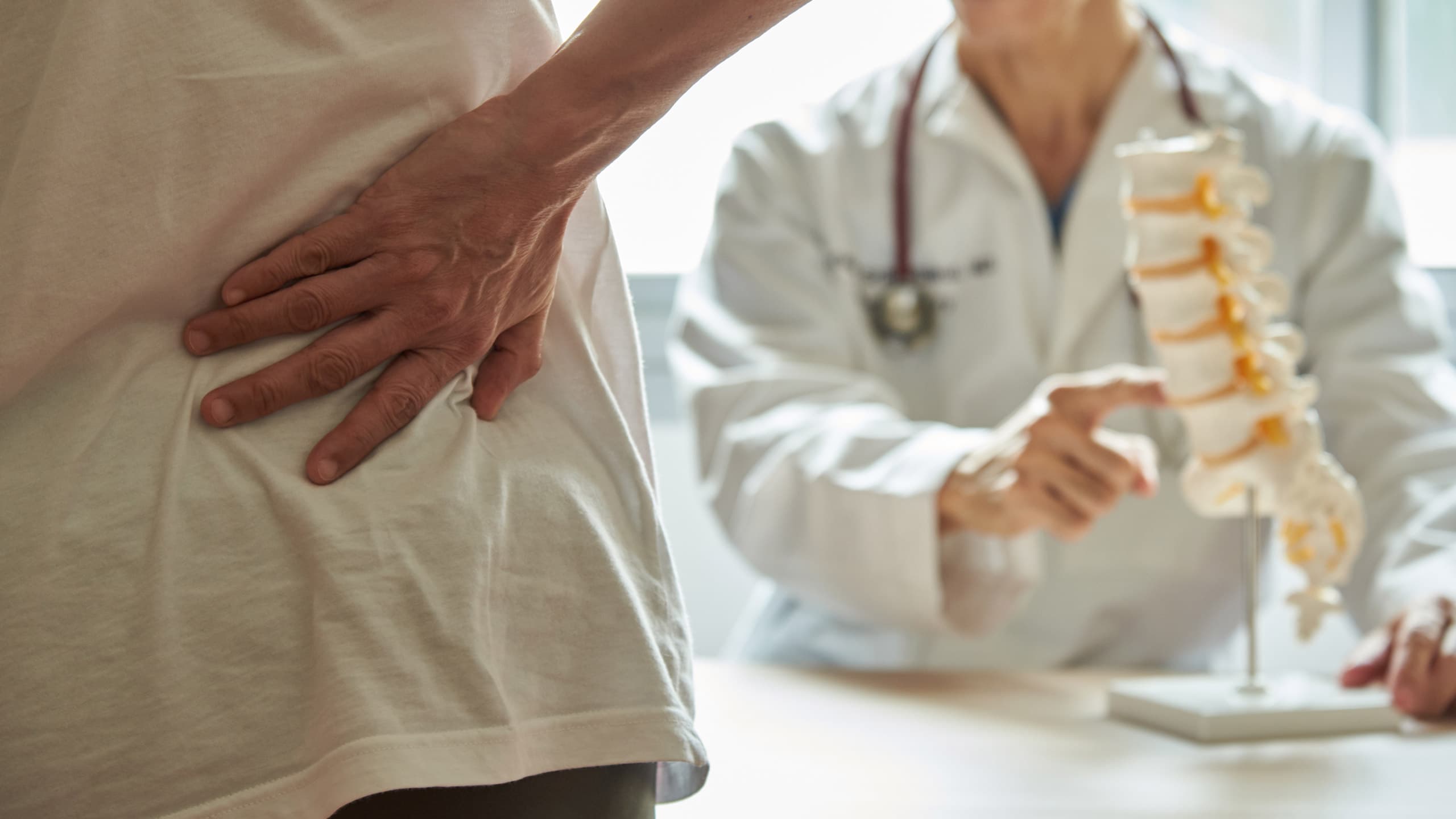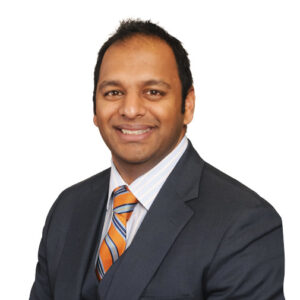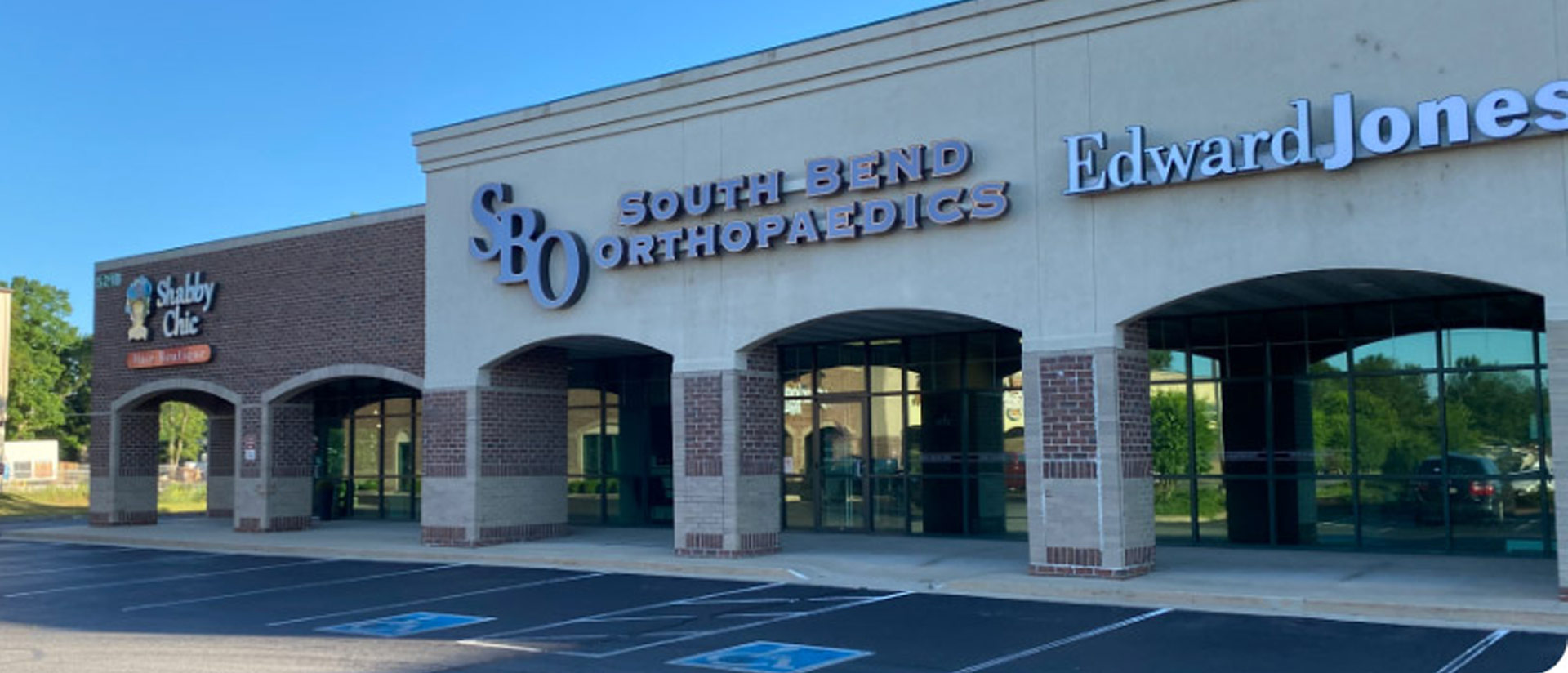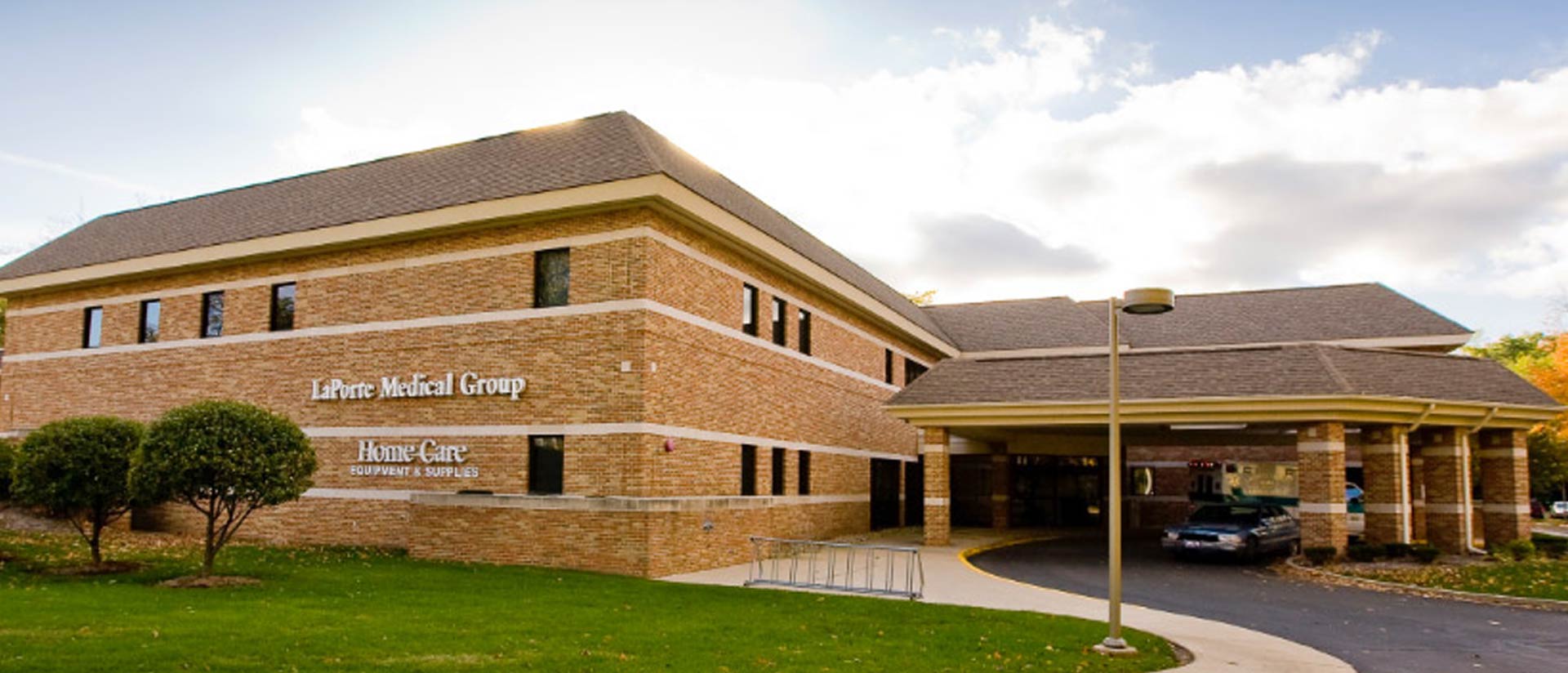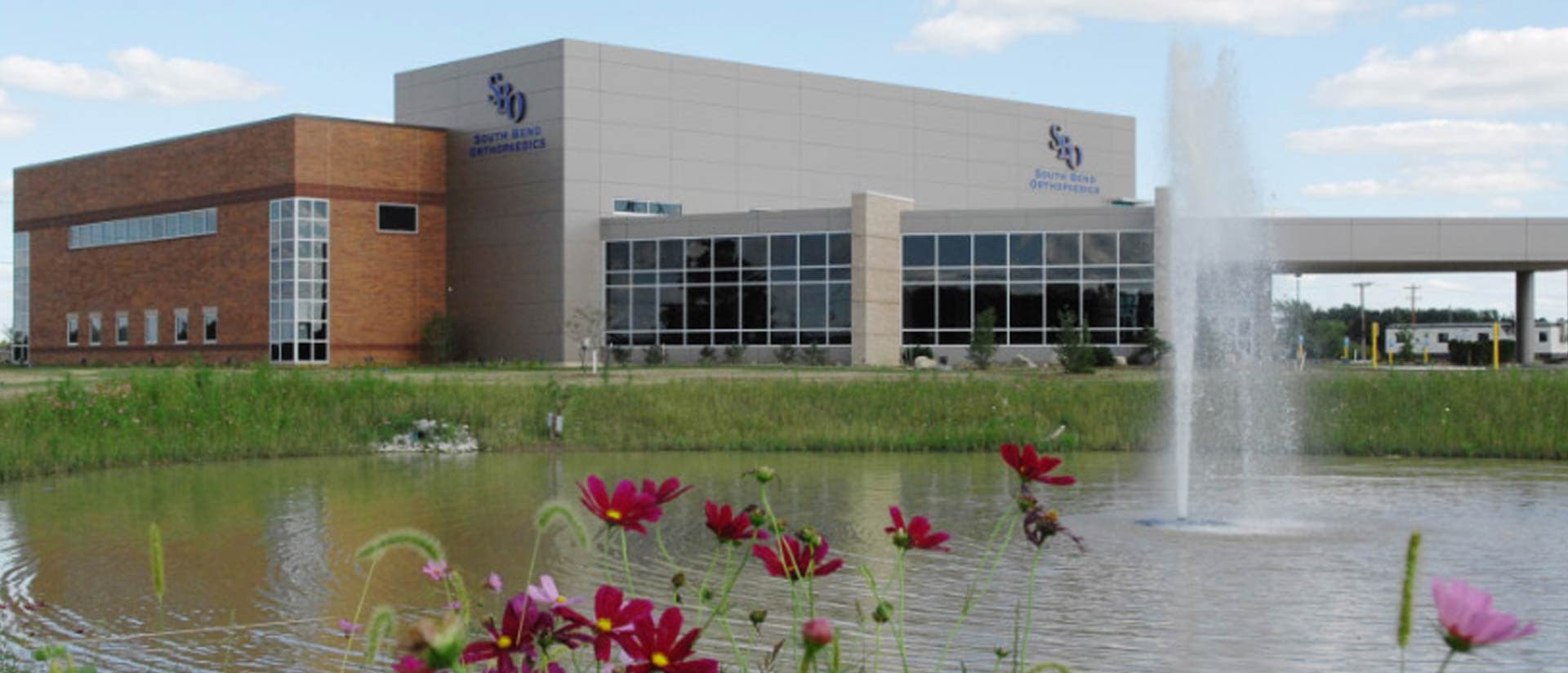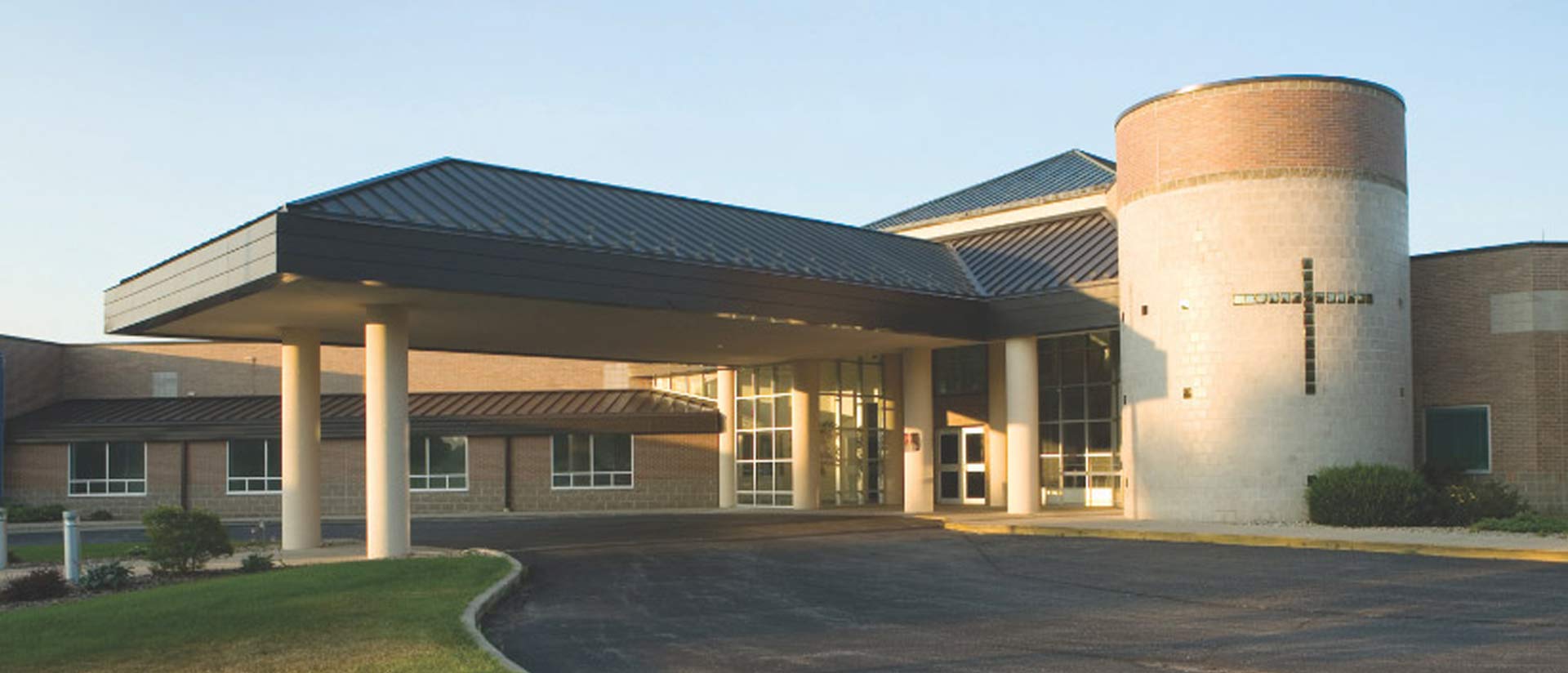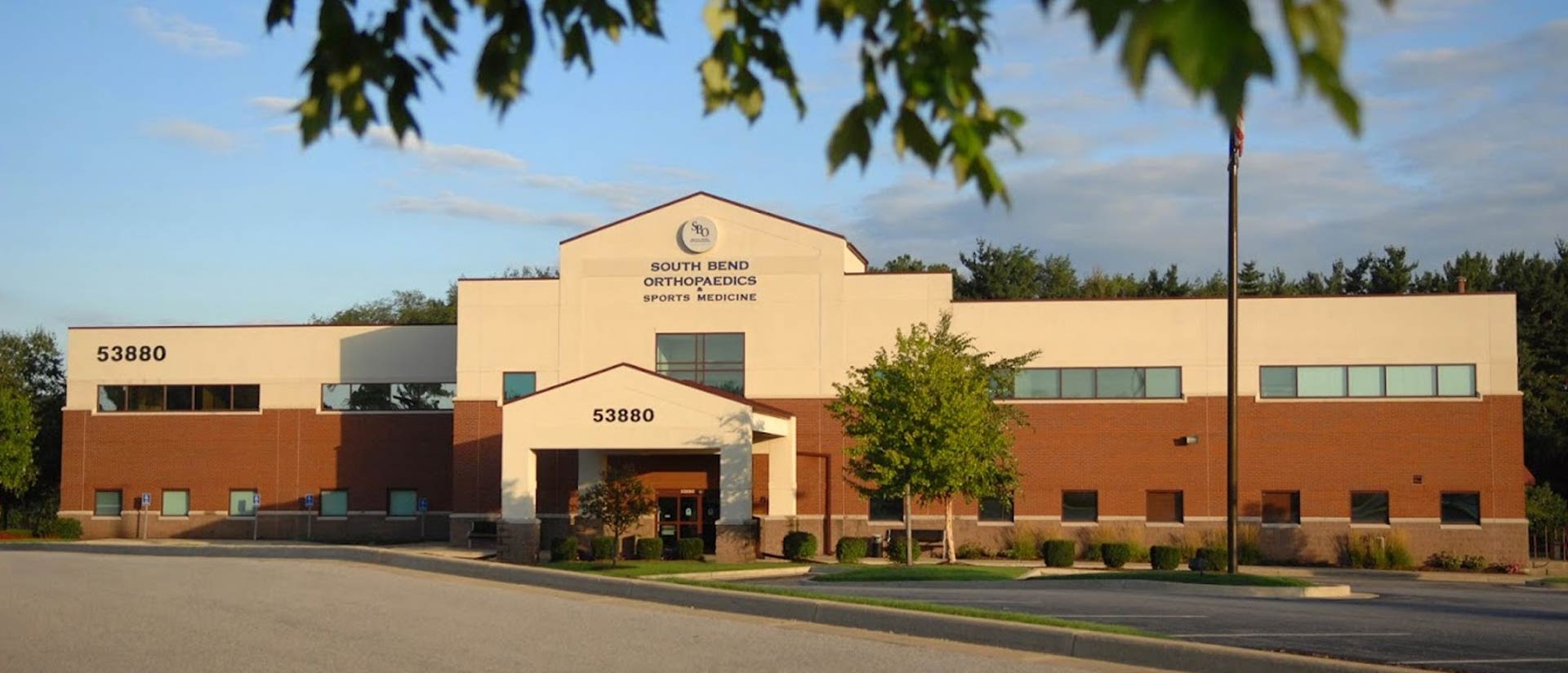Our Spine Specialists: Providing a Comprehensive Approach to Spine Care
Spine pain is a common ailment that affects millions of individuals worldwide, often causing discomfort and distress that can significantly impact one’s quality of life. At South Bend Orthopaedics in Northern Indiana, we understand the physical and emotional toll that back and neck pain can take on individuals. With deep compassion for those dealing with spine-related issues, we are dedicated to providing world-class treatments and care to help you regain your mobility, alleviate pain, and reclaim your life.
Table of Contents
Meet Your Spine Specialists
With their extensive expertise and dedication, the spine surgeons and specialists at South Bend Orthopaedics provide exceptional care and treatment for a wide range of spine conditions. Whether it’s conservative approaches or surgical interventions, our spine doctors offer comprehensive and personalized solutions to help patients regain their mobility and improve their overall back and neck health.
Spine Conditions: Our Treatments and Approach to Care
Conditions We Treat
Surgery Treatments
Other Treatments
Conditions We Treat
Spine conditions we treat include:
-
Degenerative Disc Disease
Condition characterized by the deterioration of the spinal discs.
-
Herniated Disc
Occurs when the soft inner material of a spinal disc protrudes through a tear in the outer layer.
-
Spinal Tumors
Abnormal growths that develop within the spinal cord, coverings, or surrounding vertebrae.
-
Disc Problems
Various conditions affecting the intervertebral discs of the spine, such as herniation, degeneration, or bulging.
-
Disc Herniation
When the soft inner core of a spinal disc ruptures through its tough outer layer, potentially compressing nearby nerves.
-
Kyphosis
Spinal disorder characterized by an abnormal forward curvature of the upper back.
-
Spine Trauma
Injuries or damage to the spinal column or spinal cord, which can result from various accidents or traumatic events.
-
Neck Pain
Discomfort or ache localized in the cervical region of the spine.
-
Back Pain
Common medical condition characterized by discomfort or discomfort in the lower, middle, or upper back.
-
Scoliosis
Medical condition characterized by an abnormal sideways curvature of the spine, often in an “S” or “C” shape.
-
Bone Spur
Bony growth that forms on the edges of bones, causing pain or restricting movement when it presses on surrounding tissues.
-
Spinal Deformities
Range of structural abnormalities in the spine.
Surgery Treatments
Our comprehensive spine treatment options include:
Other Treatments
Learn more about additional treatment options for spine conditions as well as our approach to care.
Conservative Therapies
In many cases, spine pain can be effectively managed through non-surgical methods. Our experts may recommend a combination of rest, physiatry, and medications to reduce inflammation and alleviate discomfort.
3D Motion Analysis
Our 3D Performance Lab offers quick motion analysis using an exclusive eight-camera markerless motion capture system, allowing us to instantly create an accurate skeletal model of your back and/or neck movements. During the motion assessment, we provide feedback on the quality of motion, performance, joint health, and recommendations on areas to focus on and prioritize.
Minimally Invasive Procedures
When conservative treatments don’t provide sufficient relief, our orthopedic specialists excel in performing minimally invasive procedures for spine conditions. These procedures, such as arthroscopy, involve smaller incisions and lead to faster recovery times.
Joint Injections
For conditions like osteoarthritis or rheumatoid arthritis, we offer joint injections, including corticosteroids and hyaluronic acid, to reduce pain and inflammation, delivering long-lasting relief.
Robotic Spinal Surgery
Robotic spine surgery involves a surgeon using a robotic system for precision during spinal procedures. This advanced technology is gaining popularity in medicine because it enhances precision and lowers the chances of complications compared to traditional surgery. Your doctor can utilize robotic assistance for both open and minimally invasive procedures.
Rehabilitation Services
Our rehabilitation specialists work closely with you to create tailored exercise programs and rehabilitation plans. These programs are designed to enhance strength, flexibility, and range of motion in the back and neck, helping you regain optimal mobility and function.
Our Locations
We provide spine treatment at the following locations. All offices are open Monday–Friday, 8AM–5 PM and can be reached by calling 574-247-9441.
Spine Education and Resources
We believe in empowering our patients on their path to recovery by providing a comprehensive library of educational videos and resources focused on spine injuries and treatments, ensuring you have the knowledge and support necessary to make informed decisions about your care and rehabilitation.
Spine Anatomy
The spine, also called the backbone, plays a vital role in stability, smooth movement and protection of the delicate spinal cord. It is made up of bony segments called vertebrae with fibrous tissue called intervertebral discs between them. The vertebrae and discs form the spinal column from the head to the pelvis, giving symmetry and support to the body.
At South Bend Orthopaedics, we recognize the burden that comes with living with spine issues. With compassion as the cornerstone of our care, we are dedicated to providing the highest standard of spine treatments, personalized to your needs, and backed by advanced technology and the expertise of our medical professionals. Your journey to a life free from back and neck pain begins here, and we look forward to helping you reclaim your life and well-being.
